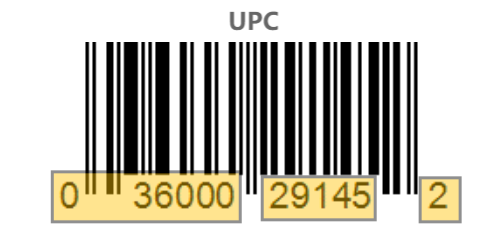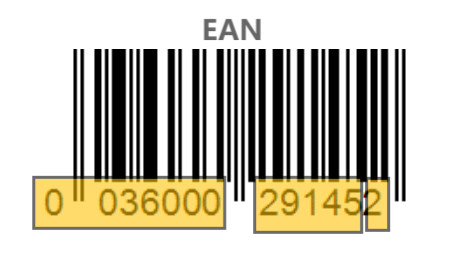If you're selling products online or in stores, you've likely come across the terms UPC and EAN. These cryptic terms haunt your product journey. They’re your product’s passport through checkout lanes and global warehouses. But when your business needs its own barcode, the question bites: What’s the difference between UPC and EAN — and which one should you use?
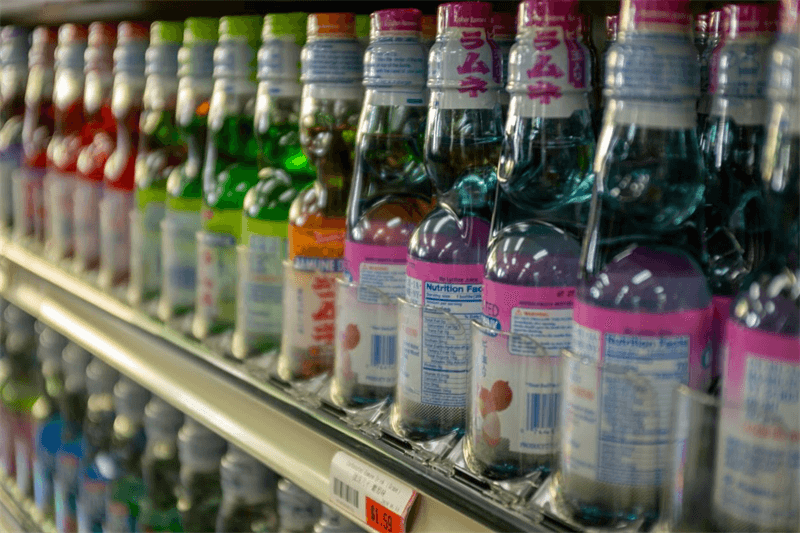
What's the Difference Between UPC and EAN?
Glance quickly: UPC and EAN look like twins. Both are the classic 1D barcodes plastered on products worldwide. Look closer. Critical differences emerge.
Use the chart below to quickly compare the UPC and EAN formats.
| Feature | UPC (Universal Product Code / UPC-A) | EAN (European Article Number / EAN-13) |
|---|---|---|
| Digit Length | 12 digits | 13 digits |
| Primary Region | United States & Canada | Europe, Asia, Latin America, etc. |
| GS1 Prefix Format | No explicit GS1 prefix (starts with number system digit like "0") | Country-specific 3-digit GS1 prefix |
| System Relationship | Technically a subset of EAN-13 | Part of the global GTIN system |
| Global Acceptance | Accepted mainly in North America | Universally accepted worldwide |
| Used on Platforms Like | Amazon US, Walmart, Target, Kroger | Amazon EU, eBay, Shopify, Tesco |
What Is a UPC Number?
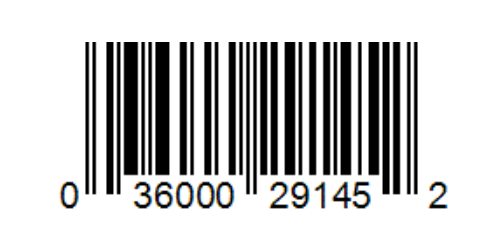
Think Universal Product Code (UPC), think North America. This 12-digit veteran dominates US and Canadian retail, governed strictly by GS1 US. Every UPC shouts uniqueness, a singular fingerprint for your product.
Born as retail’s first standardized barcode, UPC conquered North America. Why? It simply works. Point-of-sale systems read it instantly. Printers handle it easily. Scanners love it.
There are two common UPC versions:
- UPC-A: The standard 12-digit format used for retail packaging.
- UPC-E: A compressed 6-digit version for smaller packages (automatically expands to UPC-A).
Structure of a UPC-A:
A typical UPC-A code consists of 12 numeric digits, divided into four parts:
- • Number System Digit (1 digit) – Indicates the product type or category (e.g., 0 for most products, 2 for store brands).
- • Manufacturer Code (5 digits) – Assigned by GS1 to identify the company or brand.
- • Product Code (5 digits) – Assigned by the manufacturer to identify a specific product.
- • Check Digit (1 digit) – Calculated automatically to verify the integrity of the entire code.
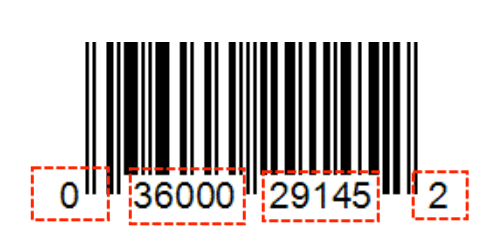
UPC codes can be converted into barcode format and printed or affixed to product packaging. They are required by most North American retailers and online marketplaces such as Amazon.com, Walmart, and Best Buy.
Learn more about GS1 UPCs.
What Is an EAN Number?
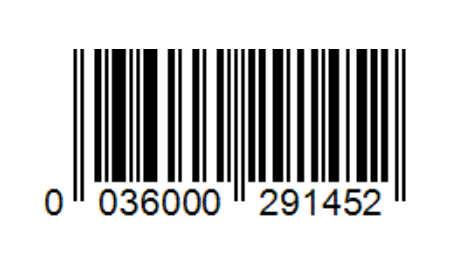
EAN (European Article Number) is UPC's worldly counterpart. Thirteen digits long, it's the lingua franca across Europe, Asia, Latin America, and beyond, managed by GS1 offices globally (GS1 UK, GS1 Germany, etc.).
Types of EAN Codes:
- EAN-13: The most common 13-digit version used globally.
- EAN-8: A shorter 8-digit format used on smaller items with limited label space.
Structure of an EAN-13:
An EAN-13 barcode contains 13 digits, usually structured as follows:
- • GS1 Prefix (3 digits): Identifies the GS1 Member Organization that issued the barcode (e.g., 789 – Brazil, 400 – Germany).
- • Company Prefix (4–7 digits): A unique identifier assigned by GS1 to a company or brand owner.
- • Item Code (2–5 digits): A unique code for the specific product.
- • Check Digit (1 digit) – Calculated to validate the code.
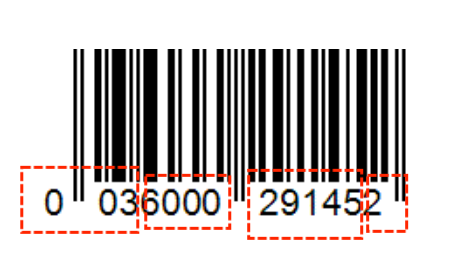
Note: The lengths of the Company Prefix and Item Reference vary based on how many barcodes a company needs. Large companies receive shorter prefixes to accommodate more product codes, while smaller companies receive longer prefixes.
EAN codes are globally accepted by international retailers, distributors, and online platforms such as Amazon EU, Etsy, eBay, and Shopify outside North America.
Want to sell globally? Try our EAN barcode generator to create compliant codes for your products.
UPC vs EAN, Which One Should You Use?
So back to the big question: which barcode should you choose—UPC or EAN? Both pin unique identities to your products. Your choice hinges on three pillars: your market, your platform, and your source.
1. Where Are You Selling?
Selling only in the U.S. or Canada?
→ UPC is your native tongue. North American retailers insist on it.
Selling internationally (Europe, Asia, Latin America, etc.)?
→ EAN is your passport. It’s the expected norm.
Pro Tip: If you're selling in both U.S. and international markets, EAN-13 with a leading "0" can typically work in both environments.
2. What Platform Are You Using?
Different online platforms have different barcode requirements:
| Platform | Barcode Format Required |
|---|---|
| Amazon.com (U.S.) | ✔️ UPC |
| Amazon Europe | ✔️ EAN |
| eBay (Global) | ✔️ EAN or UPC |
| Shopify / Etsy | ✔️ EAN or UPC (depending on region) |
Make sure your barcode matches your selling region, otherwise product listings may be rejected or hidden from search.
3. Are You Buying from GS1 or a Third-Party Reseller?
- Buying directly from GS1 US?
→ You will be issued UPC numbers (with U.S. GS1 prefixes). - Buying from a GS1 office outside the U.S.?
→ You will receive EAN numbers (with country-specific GS1 prefixes like 690 for China, 400 for Germany, etc.) - Buying from a third-party barcode reseller?
→ Be cautious. Some resellers provide non-GS1 or recycled codes, which may be rejected by Amazon or other platforms during verification.
Pro Tip: Insist on unique, GS1-compliant GTINs (UPC or EAN). Fake codes breed listing errors, account flags, and painful delisting.
How to Generate a UPC or EAN Barcode?
Creating a barcode isn’t just about numbers—it’s about using valid product identifiers and generating scannable images that meet retail and logistics standards.
Try our free barcode generator to create UPC or EAN codes instantly and professionally, in just 4 simple steps:
-
1
Grab Your GTIN
Secure a legitimate Global Trade Item Number (GTIN-12 for UPC, GTIN-13 for EAN) from GS1 or an authorized reseller.
-
2
Visit Our Generator
Head to our barcode tool. Select UPC or EAN based on your GTIN and target market.
-
3
Generate Instantly
Feed in your GTIN. Watch a crisp, scannable barcode image appear.
-
4
Customize & Download
Pick your format (PNG, JPG, SVG). Adjust size, colors. Download it, watermark-free.
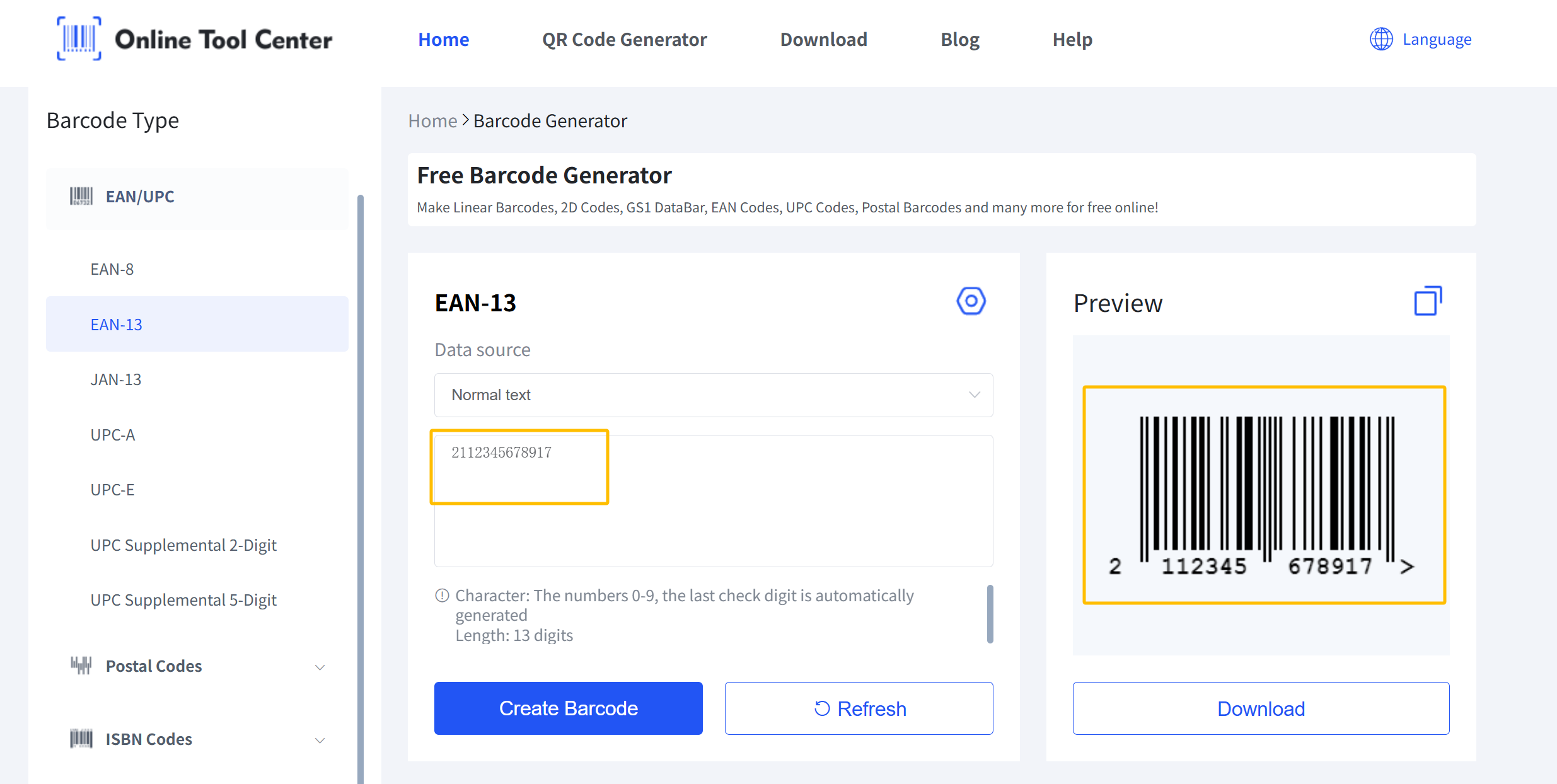
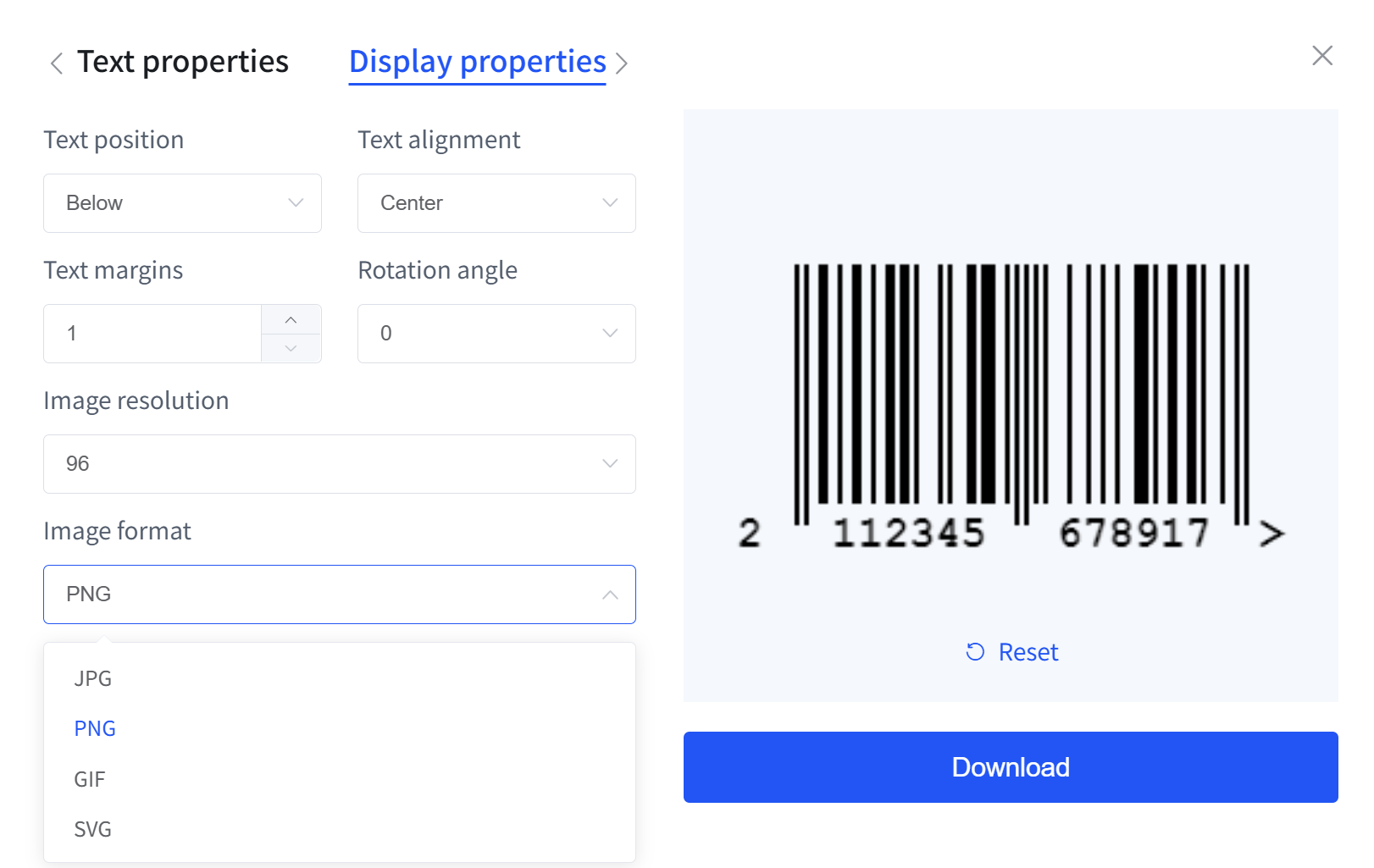
Our barcode maker tool needs no login and generates watermark-free barcode. It handles everything from basic UPCs to complex GS1 2D codes, postal barcodes, ISBNs — perfect for small to medium businesses with diverse labeling needs.
Pro Tip: Use high resolution (300 dpi+), ensure strong color contrast, respect the quiet zone borders, and follow retailer specs. Stick it on your pack. You're market-ready.
Need more help? Check out our step-by-step instructions for generating a UPC-A barcode.
FAQs About UPC and EAN Codes
1. Can I use a UPC code in Europe?
Yes, most European systems accept UPCs, but EANs are preferred and more universally supported.
2. Are UPC and EAN the same thing?
Not exactly. EAN is an international standard that includes UPC. Technically, a UPC is a subset of EAN-13.
3. Can I convert a UPC to an EAN?
Yes. Add a leading zero to a 12-digit UPC to convert it into a 13-digit EAN.
4. Which code does Amazon require?
Amazon US requires UPC. Amazon EU requires EAN.
Need a UPC or EAN Barcode?
Try our free online barcode generator for UPC and EAN formats—no signup required.




